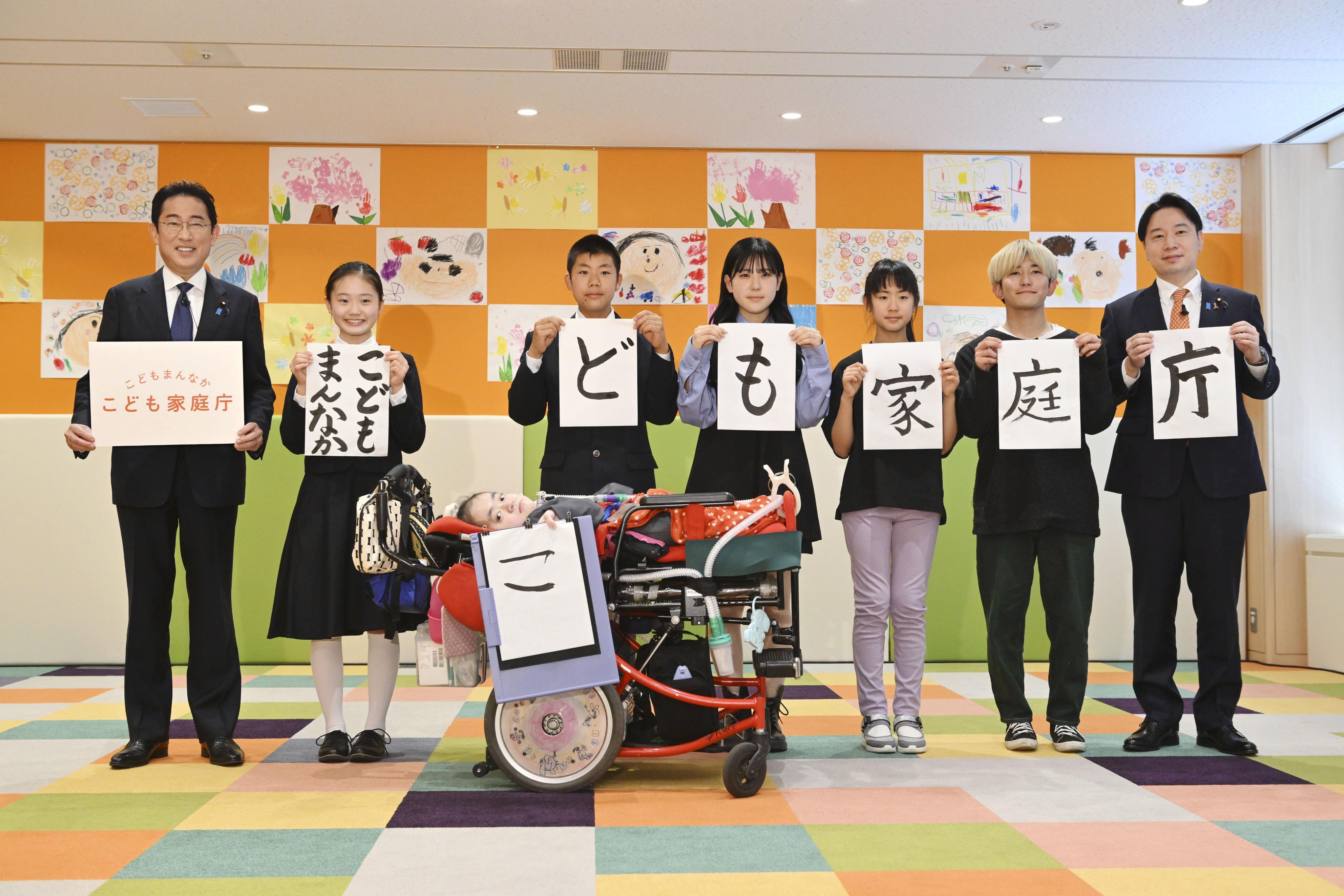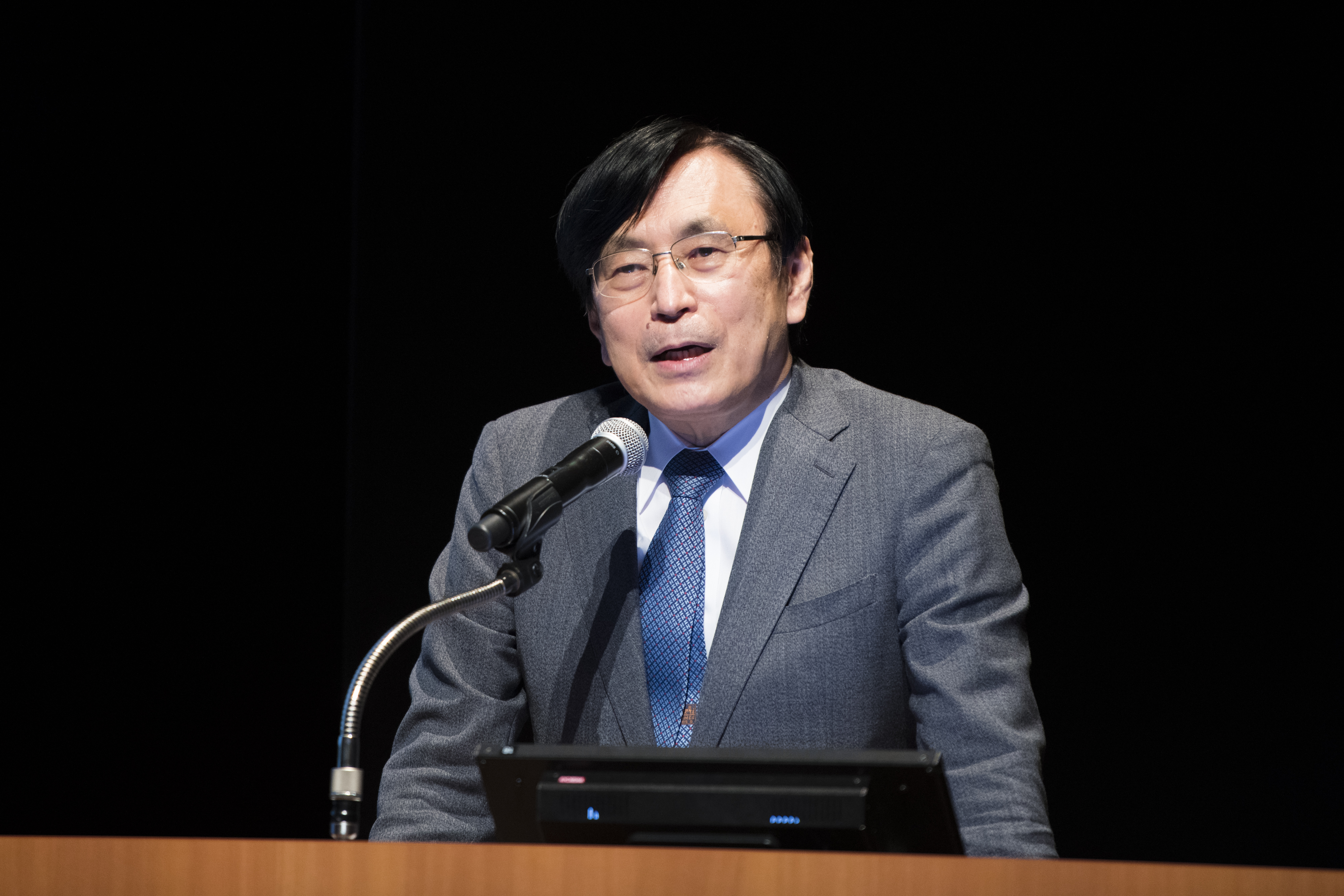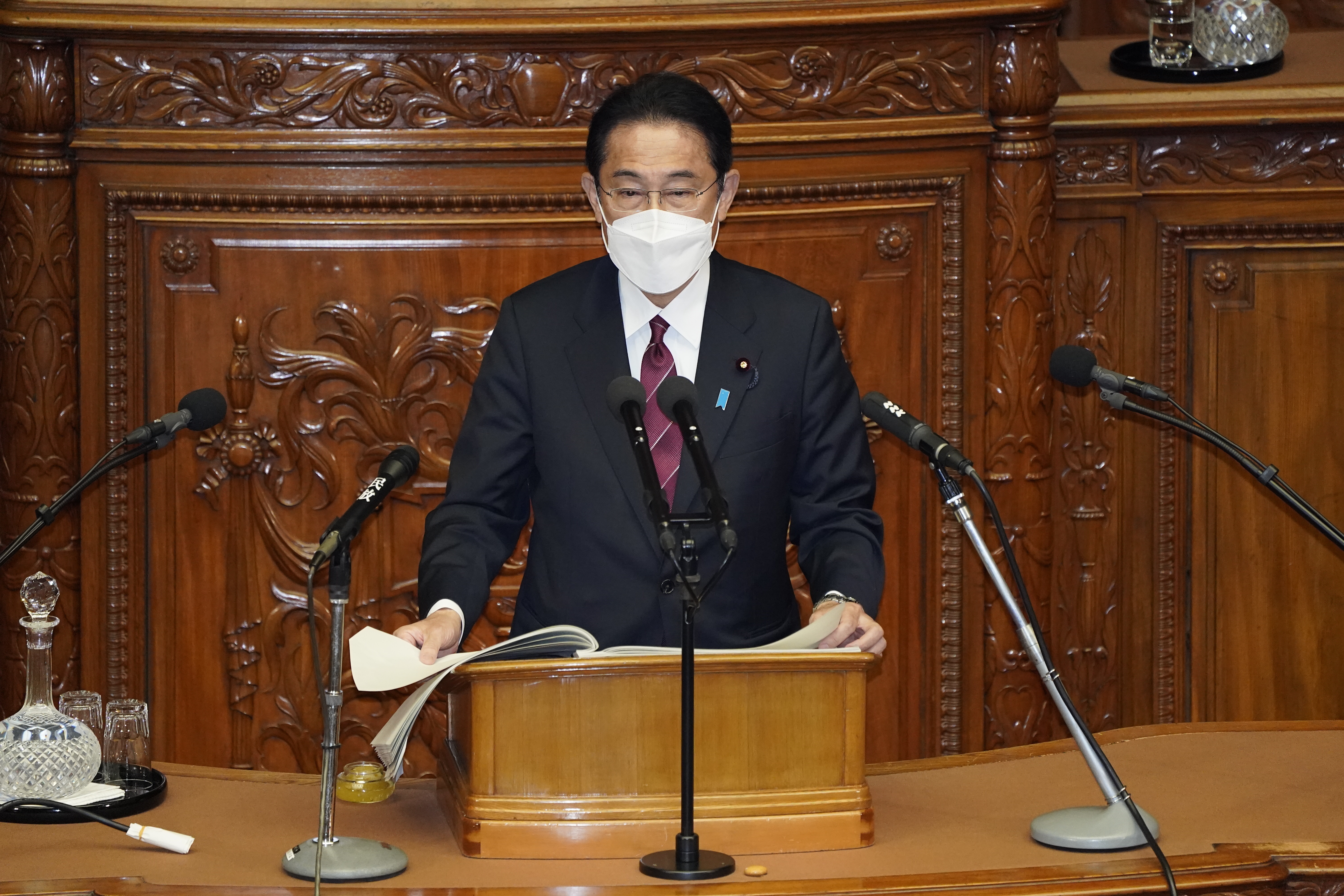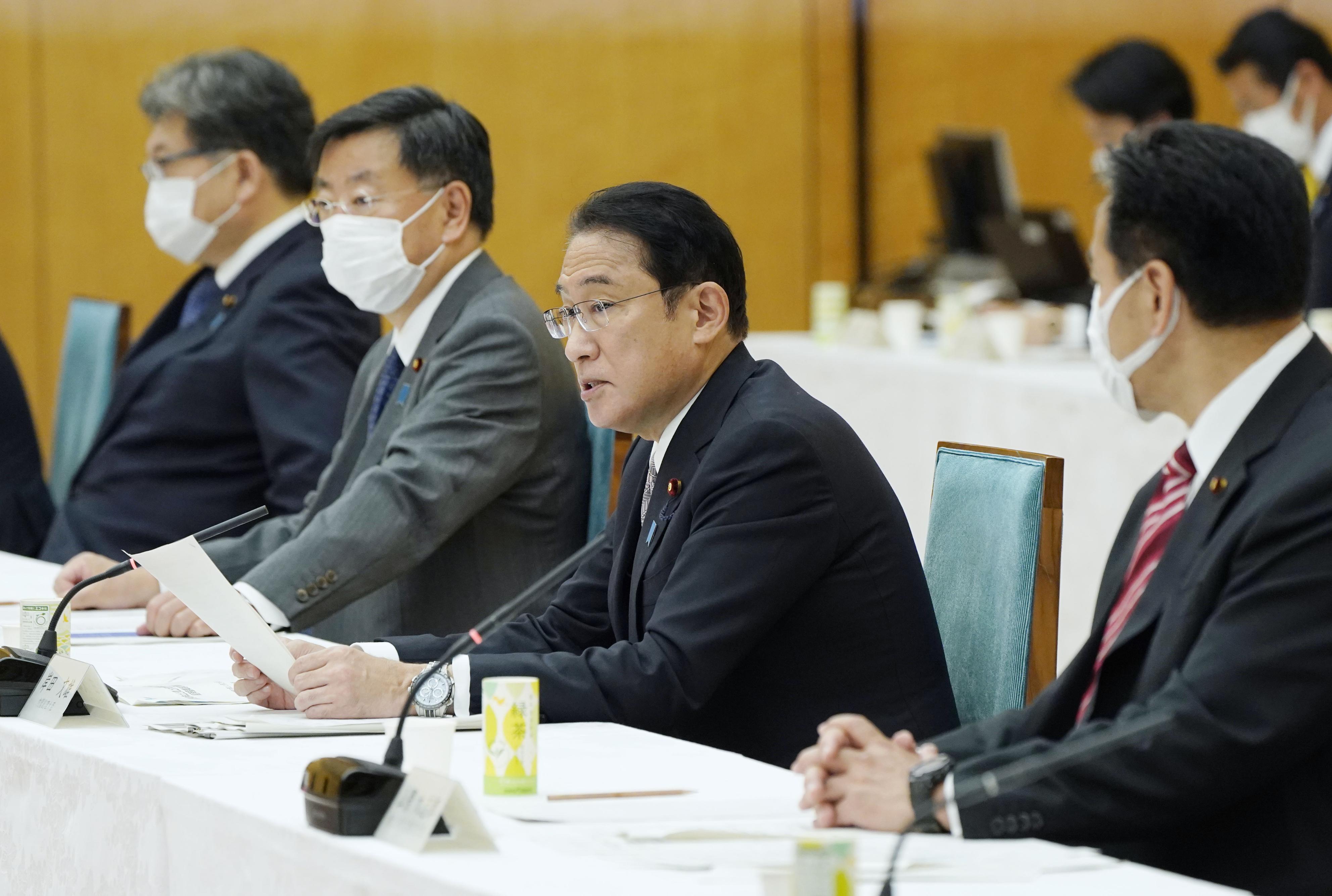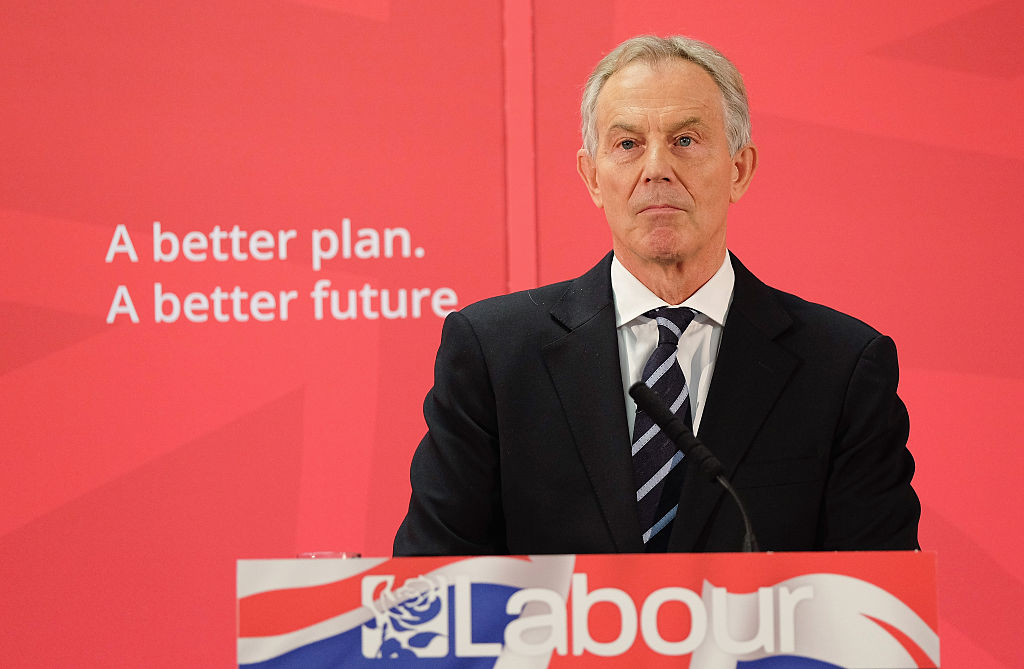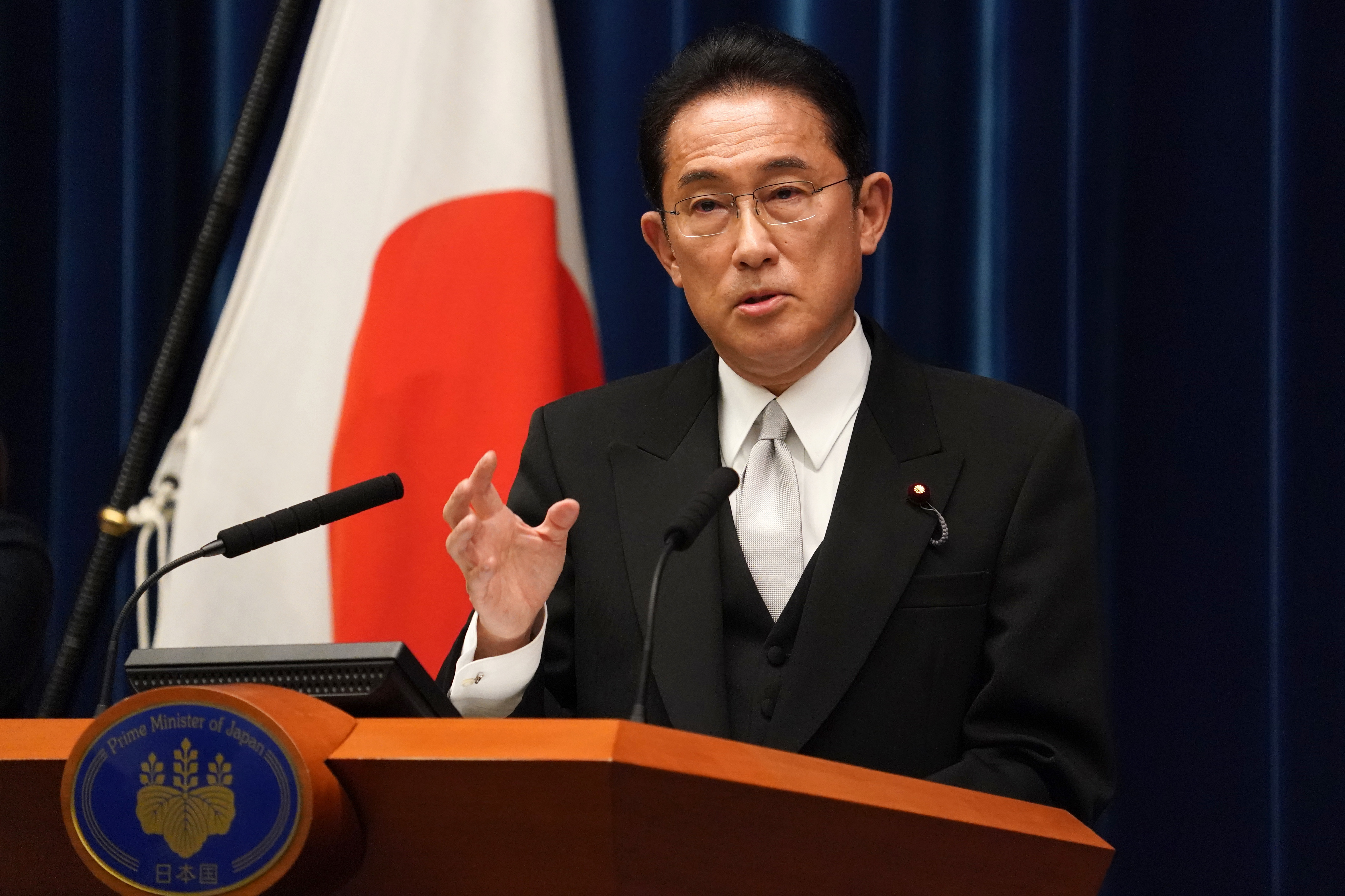
While Abenomics is aimed at triggering growth and distributing its benefits throughout society, people’s anxiety has only grown as Prime Minister Abe has ignored calls for needed tax and social security reforms. Senior fellow Shigeki Morinobu points to the economic risks of Abe’s highhanded political style.
* * *
The recent decline in the Shinzo Abe cabinet’s approval ratings suggests that the Japanese public is finally waking up to the dangers of allowing the prime minister to predominate the country’s political life as few have ever done. He has highhandedly forced through controversial legislation and has attempted to slander a former senior bureaucrat critical of his decisions by exposing candid details about his private life.
I believe that his authoritarian demeanor carries not only political but also economic risks if it leads to a wholesale rejection of policy options that are at variance with his agenda. The lack of free and open debate is perhaps the fundamental reason that Abenomics has failed to deliver on the promise—made four years ago—to build a more prosperous society. This could become an Achilles’ heel for the administration’s economic policy.
Short on Specifics
One of the pillars of Abenomics is to create a “virtuous cycle of growth and distribution.” The Basic Policies for Economic and Fiscal Management and Reform 2017 ( honebuto no hoshin ) that was approved by the cabinet on June 9 envisions creating such a cycle through work-style reforms, with the benefits of productivity improvements being channeled to workers in the form of higher wages, which, in turn, would boost consumption.
What the plan is calling for, in other words, is for private companies to achieve higher sales and profits by raising productivity and to share the fruits of such efforts with employees. Since higher productivity would be needed for companies to boost income and provide higher wages, there is nothing logically amiss with this strategy to produce a trickle-down effect.
But boosting wages constitutes the primary distribution of income. Worker wages are unlikely to grow just because the government tells businesses to do so; pay hikes must be in line with market principles. In fact, too much government intervention would only narrow the range of options companies have and, if anything, could hamper growth.
A more important factor in increasing household expenditures is taking appropriate measures to redistribute income from high to low income earners—including those without adequate job opportunities—through taxes and social security. This is a task that only governments can perform and is an element that is woefully lacking in Abenomics.
The final section of the 2017 honebuto policies emphasizes the need for an integrated approach—using a mix of tax, social security, labor, and other policies—to revive income-redistribution functions, adding that taxes on personal income will continue to be carefully examined with a view to reviving those functions. Like earlier versions of the honebuto guidelines, though, there is no mention of specific policy measures to achieve these lofty goals.
Barriers to Fuller Labor-Force Participation
What has the government actually been discussing in terms of tax reform? The deduction for a nonworking or low-income spouse, for example, has long been debated by the Tax Commission centering on two proposals.
The first is to abolish the tax break offered to married couples if one spouse earns 1.03 million or less a year on the grounds that it discourages fuller employment for a spouse—usually the wife—and to replace it with a basic “family deduction” for all married households. This would offer taxpayers an incentive to marry and raise a family, rather than rewarding households with a full-time homemaker.
Currently, should a spouse with part-time work earn more than 1.03 million, the family would no longer be entitled to a spousal deduction; the spouse would become an independent taxpayer, and total after-tax income for the household may consequently actually decline. Replacing the deduction with a tax break for all married couples would eliminate such a possibility and encourage greater labor-force participation for both spouses.
The second proposal is to replace the deduction with a uniform tax credit for all households regardless of income level. This would help correct the larger exemptions higher-income households are able to claim under the progressive rates for income taxes. It can also enhance income-redistribution functions and narrow the wealth gap.
The decision that was ultimately made regarding the spousal deduction, though, embraced neither of these options. Instead of eliminating the deduction—which might alienate households with full-time homemakers at the polls—the administration decided to raise the tax-deduction ceiling to 1.5 million. The higher ceiling would enable part-timers to work slightly longer hours without losing their deduction, but it is a cosmetic, retrogressive step that does nothing to remove a key obstacle to greater labor-force participation.
The October 2016 revisions to the social security system, moreover, made it mandatory for all companies with 501 or more employees to offer their part-time workers earning 1.06 million or more full social security coverage, lowering the threshold from 1.3 million. This, in effect, created a new “1.06 million ceiling.”
Many Western countries have successfully avoided creating such obstacles to fuller employment by closely integrating their tax and social security payments and introducing a system of earned income tax credits. Japan, too, should consider a more integrated approach and advance sweeping reforms. The Abe administration has thus far avoided any serious efforts at reform, however, as tellingly revealed by its decision to twice postpone a consumption tax hike.
Instilling Fiscal Discipline
Surveys of household savings and income show a growing polarization of the middle-income bracket, as outlined in an earlier article on this site (“ To Revive the Economy, Empower the Middle Class: Redistribution as the Key to Revitalization ”). There has been a disintegration of the middle class in a number of industrial countries, where a rising tide of populism has bred social division and undermined the healthy formation of public opinion.
The fact is that many people in Japan do not feel better off than they were before the start of Abenomics, in spite of an aggressive monetary policy and expansionary fiscal policy. This, I believe, is chiefly due to a growing anxiety about the future; people, especially younger workers, are cutting back on consumption and are less enthusiastic about their jobs, causing a decline in labor productivity and the potential growth rate.
Work-style reforms are certainly very important, but initiatives toward that end will make little headway unless they are buttressed by appropriate tax and social security reforms. Tax and social security incentives must be introduced to encourage more women and elder members of society to take on gainful employment, as discussed above.
Implementing measures that would significantly alleviate people’s anxieties requires sufficient fiscal resources. A consumption tax hike to 10% has already twice been delayed, but it must go into effect as legally mandated in October 2019. The windfall from the higher rate should be earmarked to upgrading social security programs, contributing to social welfare in a clear and transparent manner.
Under the existing scheme, 80% of new revenues from a higher tax rate (the amount accruing from 4 of the 5-point hike from 5% to 10%) are slated to be used to pay back government debt. This, unfortunately, does nothing to alleviate taxpayers’ future concerns. Fiscal consolidation must begin with spending cuts; there are still too many sectors of the healthcare industry, for example, that are protected by “bedrock” regulations and which are delivering generous profits to vested interests at taxpayers’ expense.
These are issues, though, that the Council on Economic and Fiscal Policy and the Tax Commission ought to address before the annual honebuto policies are released. That these important government bodies have become little more than cheerleading squads for Abenomics is highly disappointing. It also carries great political and economic risks, as I suggested at the start of this article.
Translated from “Abe ikkyo keizai no risuku, shotoku saibunpai no shiten ga ketteiteki ni ketsuraku,” Diamond Online, June 21, 2017. (Courtesy of Diamond, Inc.)






